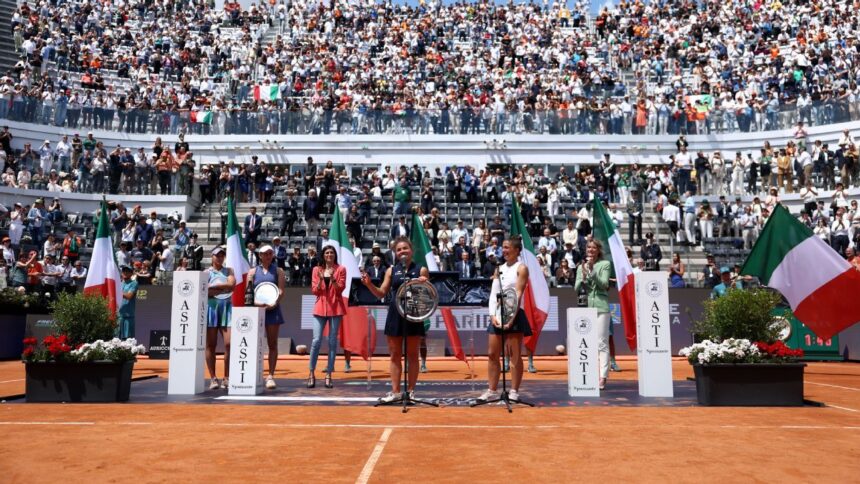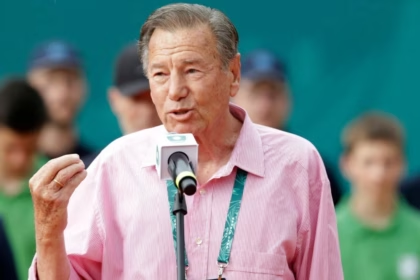Italian Tennis on the Rise: Sinner and Paolini Lead the Revolution
Italian tennis is experiencing a golden moment. With Jannik Sinner dominating the men’s circuit and Jasmine Paolini shining in the women’s, Italy has established itself as a powerhouse in the white sport. The country celebrated victories in the Davis Cup and the Billie Jean King Cup last year, demonstrating its growing influence.
Jasmine Paolini, after winning the Italian Open, will climb to number 4 in the women’s ranking, a milestone for Italian tennis. Players like Lorenzo Musetti, Federico Cinà and Tyra Caterina Grant promise a bright future for Italian tennis.
Where else in society is there a monopoly that lasts more than 100 years? Why are there always four and always the same four?… It’s absolutely unfair and doesn’t help tennis grow.
Angelo Binaghi, President of the Italian Tennis and Padel Federation
The president of the Italian Tennis and Padel Federation, Angelo Binaghi, has even greater ambitions. His goal is to turn the Italian Open into the fifth Grand Slam tournament, along with the Australian Open, Roland Garros, Wimbledon, and the US Open, challenging the history of tennis.
The Italian Open, a Masters Series event, has grown significantly, now lasting two weeks like the Grand Slam tournaments. The success of Sinner, Paolini, and other Italian players has boosted the tournament.
Italy has also hosted the ATP Finals in Turin since 2021 and recently extended its contract until 2030. In addition, the Davis Cup Final 8 will begin a three-year series in Italy this November, starting in Bologna.
Binaghi has expressed interest in acquiring the license for the Madrid Open, with the idea of expanding the Roman tournament.
A new plan was announced to build a retractable roof over the main stadium of the Italian Open, Campo Centrale. With a cost of 60 million euros, the roof is expected to be ready for the 2028 tournament and will add 2,000 additional seats, increasing the capacity to 12,500.
For this year’s tournament, the event grounds at the Foro Italico expanded from 12 to 20 hectares and another competition arena was added.
The Stadio dei Marmi hosted three courts: an arena with a capacity of 3,000 spectators and two courts with seating for 800 each.
The 3,000-seat arena became the third-largest court of the tournament after the Campo Centrale and the Grand Stand Arena, making the Pietrangeli court, which also features a series of statues, the fourth-largest.









